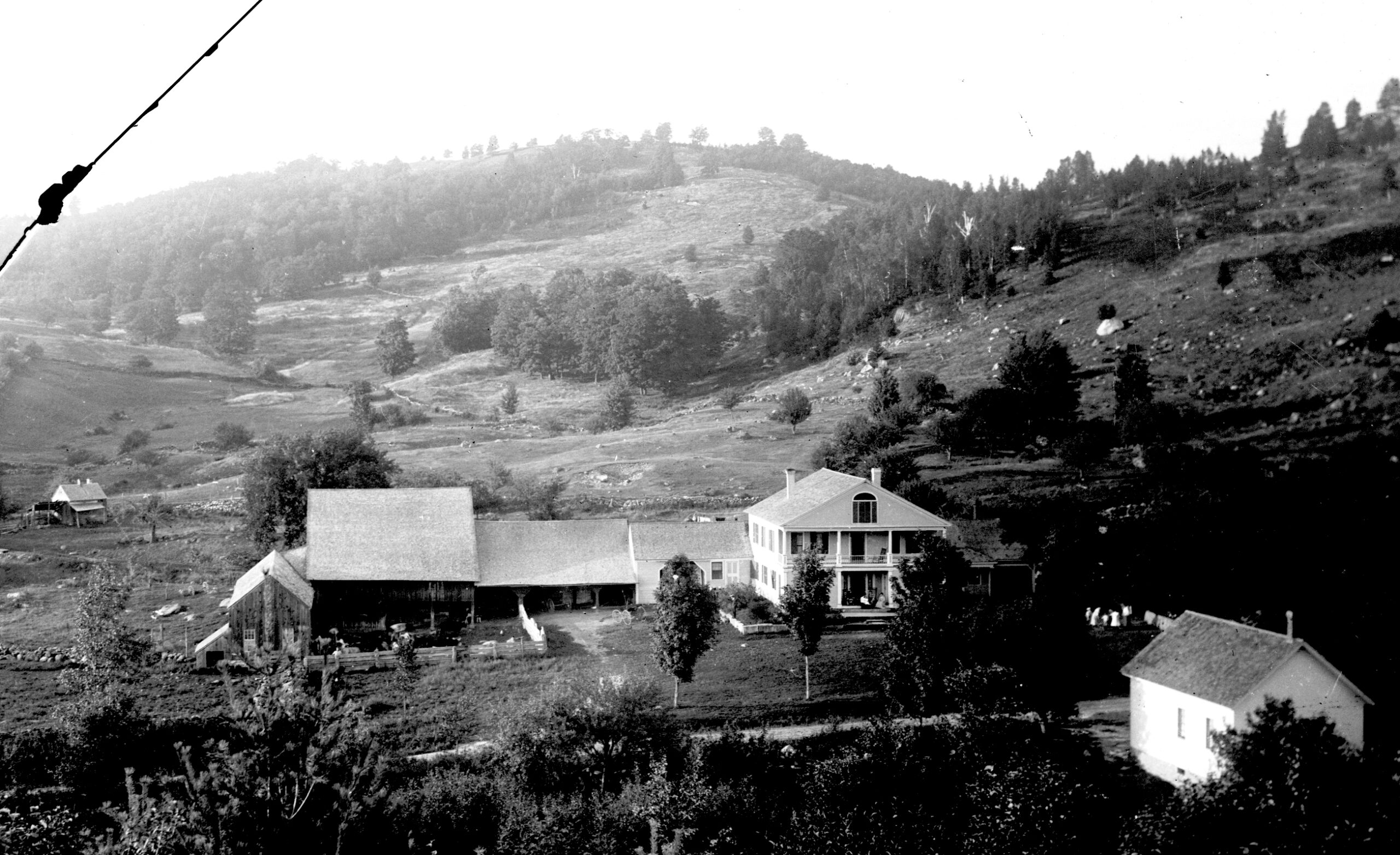Recently I was reading an older typewritten document regarding Fletcher Female Seminary. I copy it here as typed. The typist copied what he, or she, read in the 1836 newspaper. There are a couple errors. These errors are probably the work of the typist. It is not easy copying others’ work.
Many readers will know this landmark. It’s the Huyler-Kibbe place on Route 11, Chester-Springfield Road. In Chester, this area is known as “Kingdom Valley.”
Fletcher Female Seminary
“A Circular of the Fletcher Female Seminary published in the Bellows Falls Journal of March 4, 1836.
“The spring and summer terms of this Institution will commence the second Wednesday in March, the fall and winter the fourth Wednesday in August. Each term will consist of two quarters consisting of twelve weeks. The object of opening the Seminary was to elevate the standing of female education, and it is desirable that the pupils may continue here until they complete a regular course of study.
“The school has been so well patronized that it will the present season consist of three departments, and have a teacher assigned to each, at the same time, all will be superintended by the Principle, Mrs. Fletcher, who will form into a class all wishing to become teachers, and give them instructions as to the best method of successfully explaining the sciences and leading forward the young intellect.

“As the members of Seminary board and receive instructions in the same building, they breathe a literary air constantly. The hours of study, recitation, retirement, and conversation are promptly observed. Little Misses, from five to ten years of age, will be received and have their teacher with them at all times, and will take charge of their drapery and sleeping rooms.
“Branches of science taught here embrace all that are persued in female Seminaries, together with Latin, Spanish, French and Italian languages. Various kinds of painting, projection of maps, linear and prospective drawing. Lectures will be delivered occasionally upon the different philosophical, chemical, and astromical apparatus. History, embracing the manners, customs, and costumes of different nations, and revolutions that have occurred, together with other objects too numerous to mention, are explained and illustrated by means of illuminated diagrams, which exercise is very pleasing and interesting.
“Pupils are required to attend public worship on the Sabbath, and when there is no preaching at the Seminary, and are conveyed to and from Church; and as they are usually members of different denominations in choice as to what meeting they attend here.
“The building is well arranged for the accommodation of scholars a number of rooms will be occupied by two only, others by four. It is located in a very retired place and favorable for study, two miles east of Chester Academy, on the main stage road leading from Maine and New Hampshire to the western states. The stage passes and repasses daily. Although it is desirable that pupils enter the school at the commencement of a term or quarter, yet they will be admitted at any period and charged for the time they spend here. Ladies are requested to furnish their own napkins, a small wash bowl, and a glass tumbler for their rooms; also light if convenient.
“Terms; Including board, tuition, room, fuel, and washing, from $15 to $20 per quarter, payable in advance if convenient. Mr. and Mrs. Fletcher tender their thanks to the patrons of this Seminary which has been in operation only about a year.
“The Superintendent, Principle and teachers would like for the coming season a class of little lads, about twenty in number, from six to twelve years of age, and give them the same watchful care and instruction that Misses receive, though they will occupy separate room, in order to convince themselves if one sex is capable of making greater proficiency in the sciences as the other.”
“N.B. The above Institution is in no way connected with Chester Academy.”
The photo with this article is a glass plate negative from Chester Historical Society. It is the Seminary mentioned in this story. You’ll notice the glass is broken at upper left. This could easily be touched up in Photoshop, but something would be lost.
There’s a very famous glass plate negative of Abraham Lincoln, taken by Matthew Brady. That glass negative is also broken. The broken negative adds something I lack words to describe.
This week’s old saying: “People who live in stone houses shouldn’t throw glasses.”